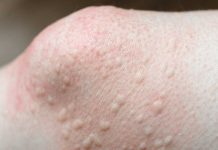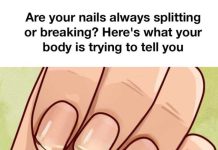A wasp sting will have the appearance of a mosquito bite, but there will be a noticeable mark in the center of the bite. These bites can be a combination of itchy and painful, and the area will often turn red and become swollen
7. Hornet
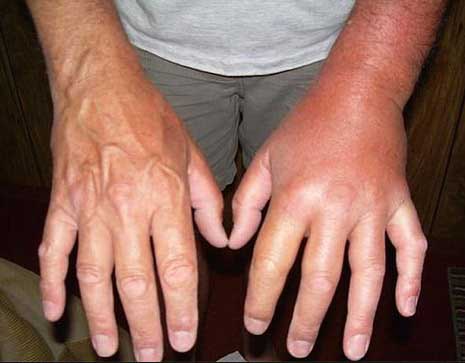
8. Bee
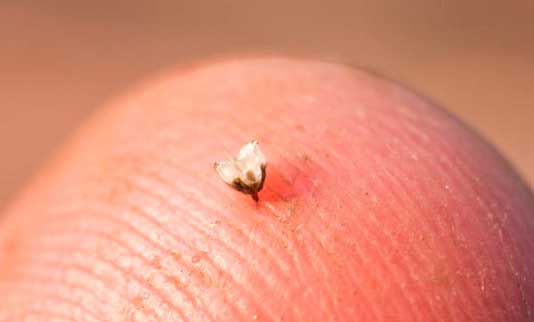
Although honey bees don’t sting as often as wasps or hornets, they do happen. You’ll be able to easily recognize a bee sting because they leave their stinger in the skin the second they sting. Remove the stinger with tweezers and clean the area with a disinfectant if you notice you have a bite.
9. Red Ant
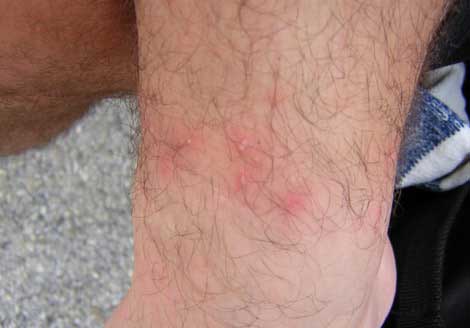
Red ant bites tend to look a lot like flea bites, but there’s one main difference. While flea bites are immediately itchy, red ant (or fire ant) bites are instantly painful.
10. Spider
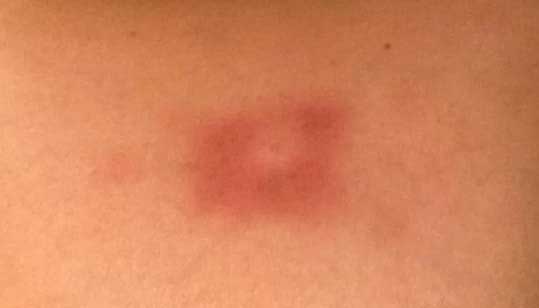
Although spider bites differ based on the type of spider, they are generally hard, red, and can be a combination of itchy and painful. In some cases, you may even be able to see two tiny puncture marks where the spider bit.

